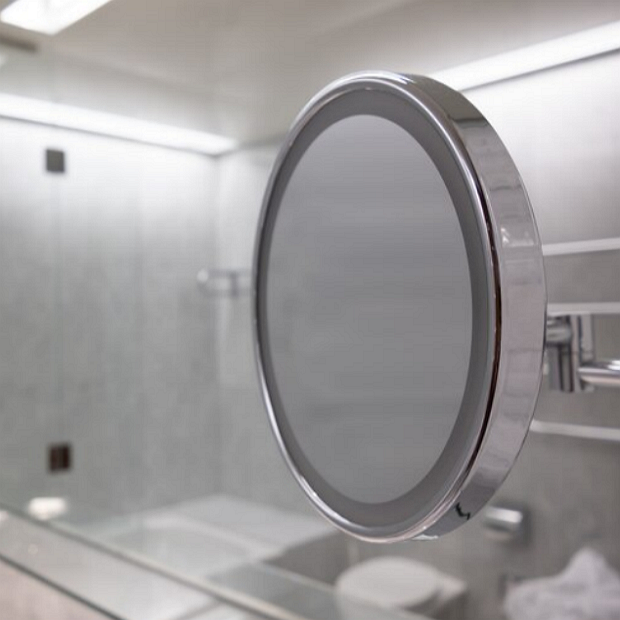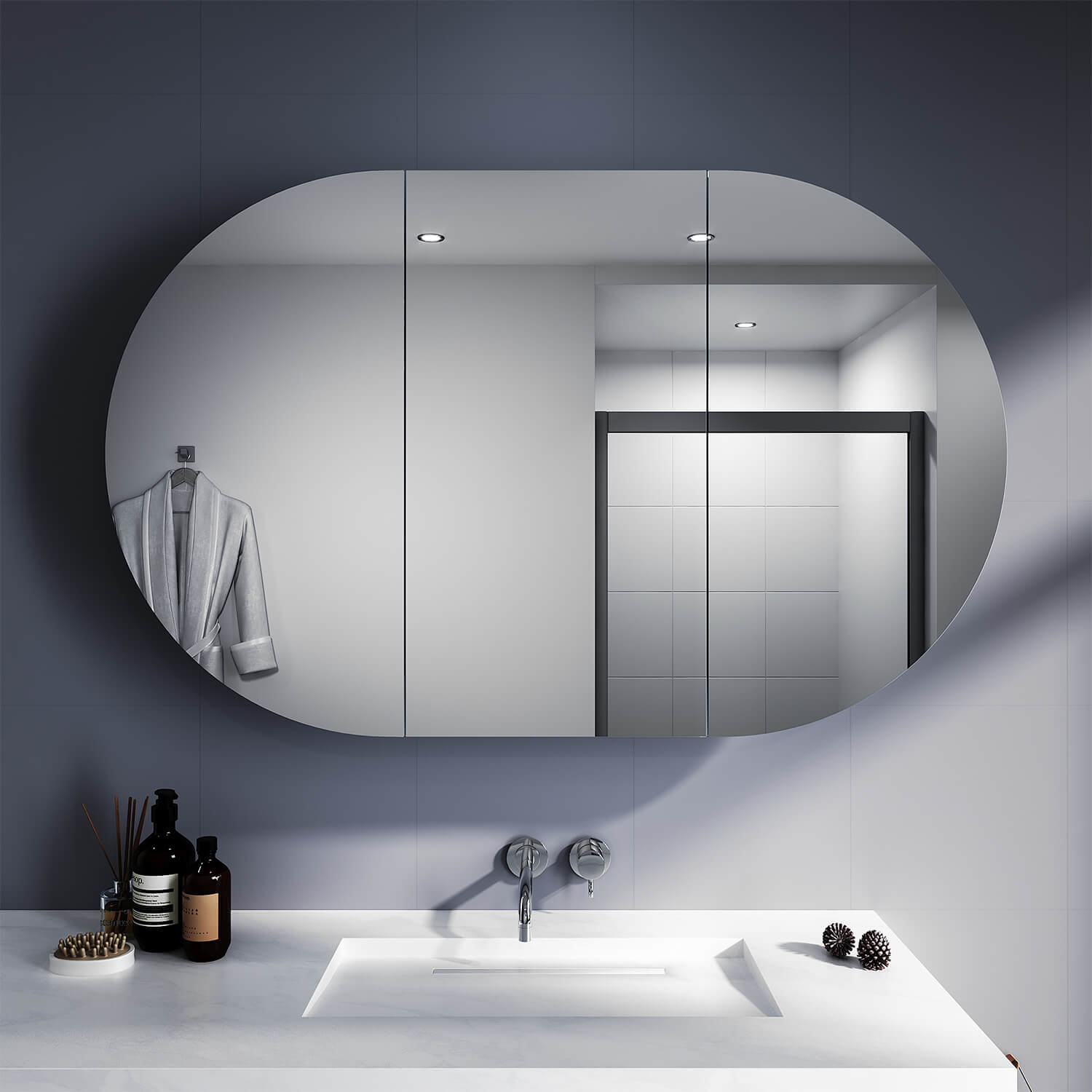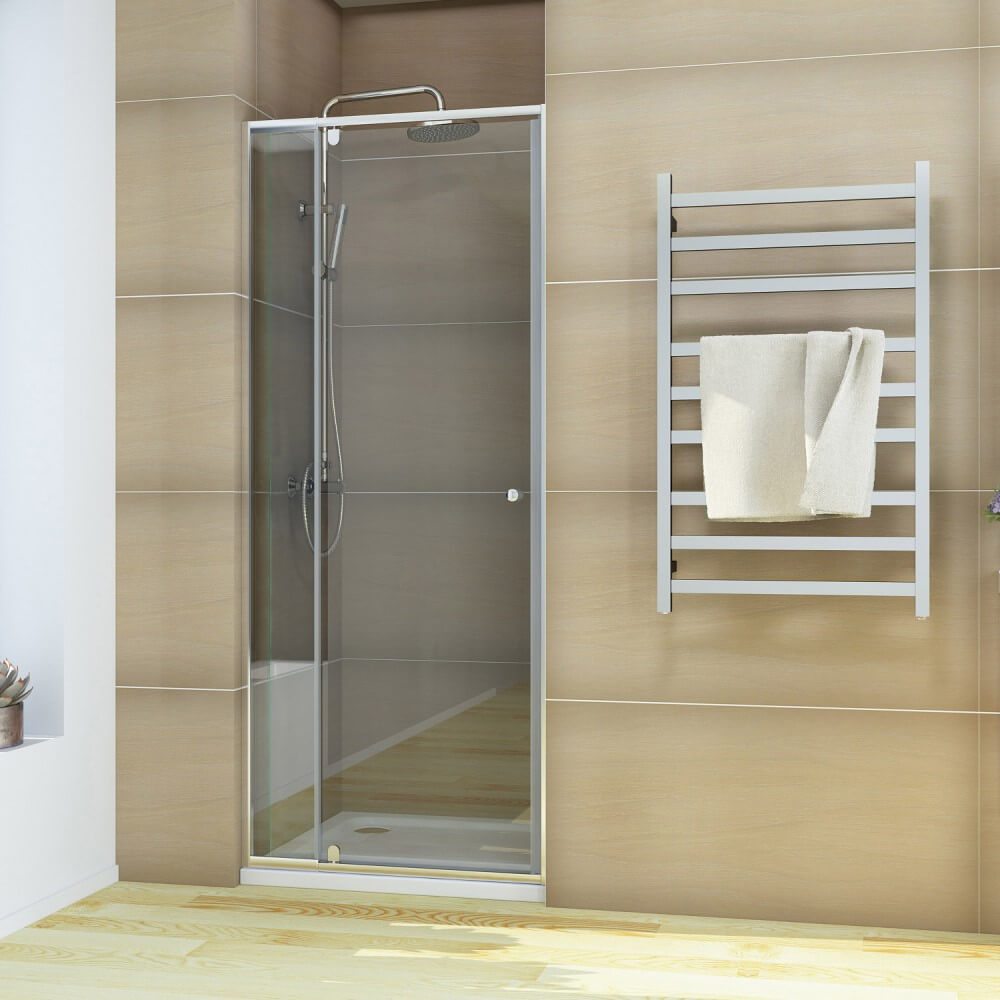Keeping bathroom mirrors sparkling clean can be a challenge in hard water areas like much of Australia. The high mineral content in hard water leads to those pesky water spots and mineral deposits that accumulate on surfaces over time. Bathroom mirrors tend to attract these water marks easily, along with soap scum residue, mold, and other grime.
Maintaining clean, streak-free mirrors is not just an aesthetic issue - it has health implications as well. Mold and bacteria growth in the damp bathroom environment can contribute to respiratory issues if left unchecked. Practicing good mirror care and hygiene should be part of your regular bathroom cleaning routine.
This guide focuses on effectively preventing and removing hard water stains, spotting, and mold on bathroom mirrors. We’ll cover establishing a regular mirror cleaning regimen, using the right techniques and products, and executing preventative maintenance. Properly caring for your bathroom mirrors will keep them looking their best while avoiding permanent water damage and mold growth. A few simple habits can help maintain pristine mirrors that keep your bathroom looking fresh. Read on for tips on keeping your mirrors sparkling despite the challenges of hard water!

What is Hard Water and Its Impact on Bathroom Mirrors
Hard water refers to water that contains high amounts of dissolved calcium, magnesium, and other minerals like iron. The mineral content makes the water "hard" - leading to increased limescale buildup and making soap less effective.
Australia faces particularly hard water issues due to natural regional mineral deposits leaching into water sources. Studies show that 60% of Australian households deal with moderately to extremely hard water. This leads to a higher incidence of water stains and damage.
When hard water evaporates on bathroom mirrors, the minerals are left behind, creating water spots and mineral residue buildup. Soap scum also clings stubbornly. This accumulation causes permanent water etching damage over time.
The Science Behind Water Spots and Limescale
As water evaporates, calcium carbonate and other minerals transform from dissolved ions to solid deposits. These minerals have low solubility, so they cling to surfaces and crystallize as scale. This limescale is what creates stubborn spots. Unlike pure water (H20) vapor, hard water leaves deposits like calcium and magnesium carbonates when evaporated. These carbonate minerals originate from limestone present in hard water sources.
Calcium and magnesium disassociate from the carbonate ions, leaving the carbonate behind to bond to surfaces as residues. Depending on the specific ions present in hard water, the remaining deposits contain alternating layers of water and precipitated minerals like calcium salts and magnesium hydroxides.
How Mold Thrives in Hard Water Environments
The minerals and soap scum left behind by hard water provide the ideal environment for mold, fungi, and bacteria to grow. These microorganisms cultivate as biofilms on the built up deposits. The porous nature of the limescale deposits create an aqueous environment high in nutrients (from soap scum) and dissolved minerals that feed microorganisms. Biofilm communities then become anchored on the scale or directly on mirror surfaces. The underlying water deposits and stains facilitates this biological growth.
Common Problems Caused by Hard Water on Bathroom Mirrors
Having hard water on bathroom mirrors can lead you to few issues. Let’s take a look at the most common problems out of them.
· Water spots and streaks
Evaporating droplets of hard water leave behind stubborn mineral deposits that cling to the mirror surface. These water stains appear as spots or long streak marks impairing visibility and aesthetics.
· Mold and mildew growth around edges
The warm, moist environment encourages mold growth which often concentrates around mirror edges and fittings. Black or orange fungal growth can permanently stain grout and materials.
· Foggy or hazy appearance
A cloudy or faded mirror surface develops from the gradual buildup of mineral scale, soap scum, and other water residue over time. This affects clarity and light reflectivity.
· Long-term damage: etching and corrosion
Extended mineral, soap and mold accumulation chemically attack the mirror layer through acid corrosion. This causes permanent pitting, erosion and opacity issues slowly degrading mirror quality.
The problems start small but can lead to damaged mirrors needing full replacement if not managed promptly.

Daily Prevention Strategies for Spot-Free Mirrors
Implementing small daily habits can go a long way towards spot and mold prevention:
· Wiping mirrors dry after showers - Use a dry microfiber cloth or squeegee to wipe all water off mirrors and tiles to prevent evaporation residues.
· Using a squeegee for quick water removal – A shower squeegee easily whisks water off the mirror before minerals precipitate. Wipe in parallel strokes.
· Ventilation tips to reduce humidity - Improving air circulation controls moisture. Use bath fans, crack windows and distribute desiccant packs.
· Avoiding harsh chemicals that worsen mineral buildup - Vinegar, bleach and abrasives corrode mirrors encouraging more mineral deposits. Pick gentle cleaners.
The Role of Ventilation in Preventing Mold
Ventilation is key to controlling ambient moisture that allows mold colonies to thrive at mirror edges and grout. Cracking windows, running efficient bath fans for 30 minutes post-shower and distributing moisture harvesting crystals or packs all lower area humidity.
Protective Coatings for Mirrors
Applying a hydrophobic or glass sealant spray adds an invisible barrier minimizing water and mineral contact with the actual mirror. These protective coatings make mirrors easier to wipe down without etching or water marks. Reapply coats every 2-3 months.
Mold Prevention and Removal on Bathroom Mirrors
As a homeowner, you need to be aware of how to remove mold and prevent it from happening in your bathroom. Here are few tips to ensure that.
· Identifying mold vs. mineral deposits
Mold has fuzzy thread-like growth in black, orange or pink hues. Mineral spots are crystalline. Vinegar will fizz on minerals.
· Safe cleaning agents
For mold, use hydrogen peroxide, oxygen bleach cleaners, tea tree oil solutions or borax mixtures instead of harsh bleach. White vinegar works on water deposits.
· Preventative measures
Check mirrors weekly for mold early intervention, especially grout edges. Apply anti-mildew silicone at edges.
How to Clean Mold from Mirror Edges and Frames
Combine 1 cup warm water, 1 tsp borax powder, 1⁄2 cup white vinegar and 5 drops tea tree oil. Dip a soft brush and gently scrub affected grout and frame crevices. Rinse thoroughly. Leave mirrors open to dry for 2 days.
Long-Term Mold Prevention Tips
After mold removal, apply caulk on vulnerable grout lines or edges. Improve ventilation again. Maintain humidity below 50%. Apply weekly protective sprays as added prevention.
Catching mold early and maintaining dry surfaces prevents bad outbreaks. Report spreading black mold immediately for professional extraction.

Protecting Mirrors from Hard Water Damage
There are a few effective options to safeguard your bathroom mirrors from gradual degradation caused by hard water exposure. Investing in protective measures can save you from costly mirror replacement down the road.
Applying Protective Films or Coatings
Applying a protective film or sealant coating creates a barrier to repel hard water minerals and soap scum buildup. Options include anti-spot hydrophobic mirror sprays as well as peel-and-stick plastic mirror films. Reapply protective coatings every 3-4 months as the layer wears off. Avoid using abrasives or citrus cleaners which erode sealant over time.
Installing Water Softeners in Australian Homes
Installing a whole-house water softener or inline water softener removes calcium, magnesium and other minerals from your home's water supply through an ion-exchange process. This protects all plumbing fixtures and surfaces including mirrors from limescale damage by reducing water hardness levels. Look for quality systems with auto-regeneration features.
Regular Maintenance Schedules
Incorporate regular mirror maintenance like weekly dusting, monthly cleaning with a vinegar or glass cleaner solution, quarterly protective coating renewal, and annual sealant replacement, inspection and repair. Catching wear and tear promptly prevents irreversible damage. A maintenance schedule reminds you to be proactive.
With some diligence, you can enjoy permanently clear and damage-free bathroom mirrors.
Australian-Specific Tips for Hard Water Areas
Regular tips for preventing hard water stains may not deliver the best results for Australian homeowners. Here are some Australian specific tips that you can follow.
Be Aware of Regional Water Hardness Variations
Hard water severity differs across Australia based on regional geology and local water sources. Adelaide taps register over 275ppm water hardness rendering high mineral BUILDUP. Comparatively, Sydney hovers around 125ppm in a moderate range. Refer to national hardness maps when choosing mitigation levels.
Use Local Products
Products and systems should suit local water conditions. Bunnings carries well-performing shower water filters and inline water softeners from NuPure, Aqua Blue and Aqua Gold brands tailored for Australian suburban homes facing moderate hard water challenges. For more heavy duty treatment, consider professional metro water softening companies like The Water Filter Guys or Clearwater.
Be Mindful About the Climate
Coastal humidity accelerates mirror fogging, mold and corrosion issues exacerbated by hard water deposits. Make ventilation a priority with smart humidistat fans. Similarly, Darwin's wet season calls for vigilant mold prevention and tighter cleaning schedules during peak humidity months.
Schedule mirror sealant reapplication before transitions between drier winter months and humid storm seasons for optimal protective coverage. Pick coatings suited for bathrooms like Nanoshield Glass Sealant over general weatherproofing products.
Conclusion: Maintaining a Spotless Mirror Long-Term
Hard water can make keeping bathroom mirrors sparkling clean an ongoing battle. Implementing a tailored mix of diligent wiping habits, ventilation improvements, gentle cleaning agents, protective sealants and filters, and regular upkeep checks works best to prevent water spots, mold and gradual degradation.
For Australians facing moderately hard water, affordable options like Nanoshield treatments, moisture packs and basic water softeners do an adequate job maintaining pristine mirrors with some diligent care. For more guidance on effective bathroom mirror solutions for your local water hardness, visit Elegant Showers Australia online shop to get custom consultant recommendations. With the right products and regimen, you can enjoy fog and streak-free mirrors for years to come.



